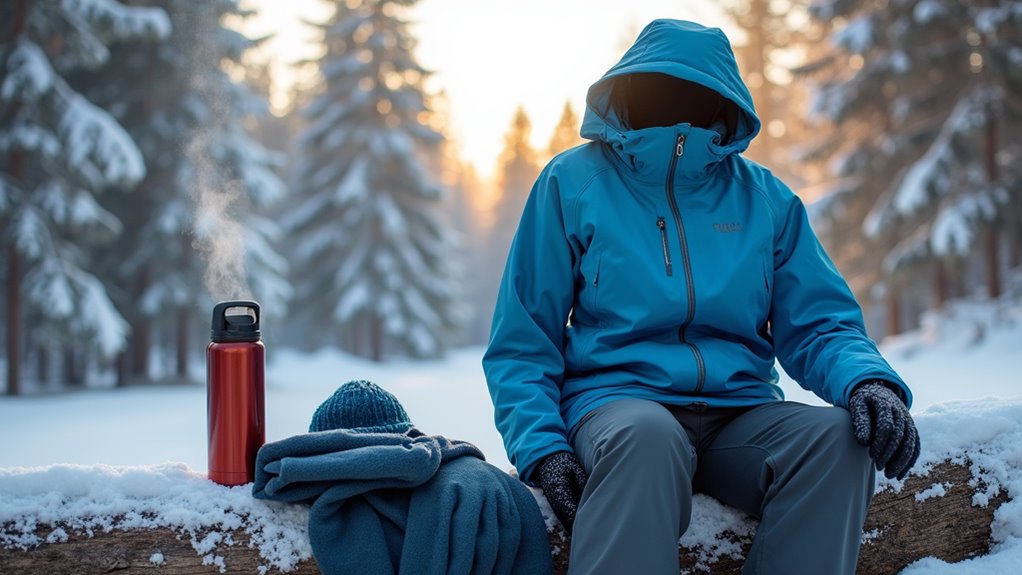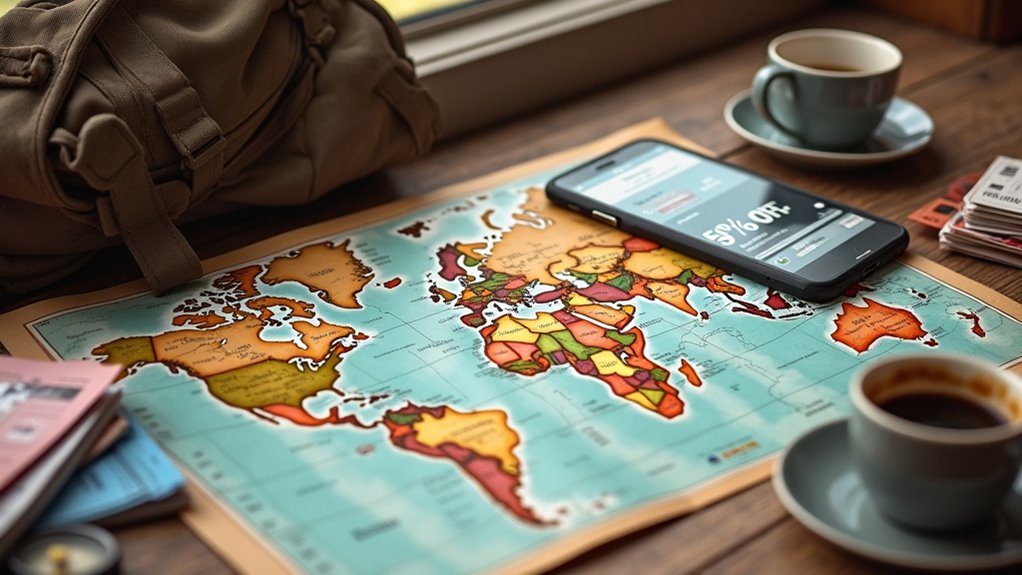When you’re cooking outside while backpacking, focus on lightweight, efficient gear like a titanium pot (600–750ml), a gas canister stove, and a durable mug. Opt for single-pot meals, dehydrated foods, or freezer bag cooking to save time and minimize cleanup in remote sites or along busy trails. Pre-measure ingredients, pack calorie-dense foods, and use insulated containers to keep meals hot. Keep instructions simple and gear organized for fast prep. Next, you’ll discover specific methods and strategies for best results.
When you’re planning a backpacking trip, knowing how to cook efficiently on the trail is essential for maintaining energy and minimizing your pack weight. You’ll want to select cooking methods that save both time and effort. The one pot method is the most traditional approach, letting you prepare meals in a single lightweight pot, which reduces the number of items you need to carry and clean.
Alternatively, freezer bag cooking (FBC) lets you combine boiling water with pre-measured ingredients in a heat-resistant bag, saving fuel and virtually eliminating cleanup. Using a mug with a tight-fitting lid provides another efficient option, allowing you to soak dry foods in boiling water with little active cooking, which is especially useful in colder environments when you don’t want to lose heat. The insulated mug method works best for solo meals and helps keep your food hot longer, especially if you preheat the mug before use.
Your cooking gear should be lightweight and multipurpose. Most backpackers favor gas canister stoves for their efficiency and ease of use. A pot or cup between 600ml and 750ml is typically sufficient for both cooking and eating, striking a balance between capacity and portability. When choosing a pot, consider that titanium is preferred for lightweight and durability among ultralight backpackers, making it a popular choice for solo hikers.
Double-walled mugs retain heat well, but if you use a metal mug, preheat it with hot water to prevent rapid cooling of your food. Always evaluate gear for durability, weight, and practicality, since ultralight setups simplify meal preparation and cut down on unnecessary bulk. Foil packet recipes offer a convenient alternative for cooking directly in campfire coals, requiring minimal equipment while creating flavorful meals.
Preparing meals at home can streamline your cooking process on the trail. Packing pre-measured ingredients in labeled bags or jars, complete with cooking instructions, keeps you organized and prevents mistakes. Dehydrated meals are a popular choice because they’re light, require only boiling water, and need almost zero cleanup.
Enhance the taste with spices or sauces added after cooking. Prioritize simple, calorie-dense meals with a balance of carbohydrates, proteins, and vegetables to maintain energy throughout your trek. Boiling water remains central to most trail meals, whether for rehydration or cooking, so stir thoroughly and let food sit covered to maximize efficiency.









